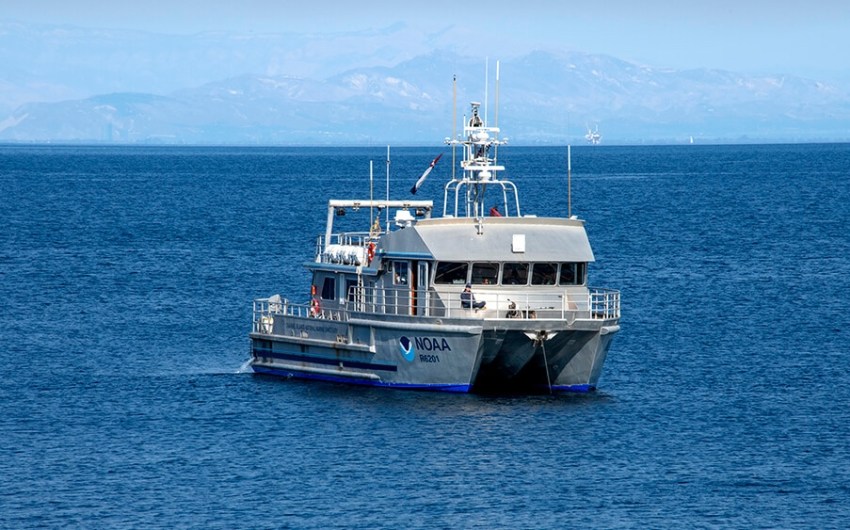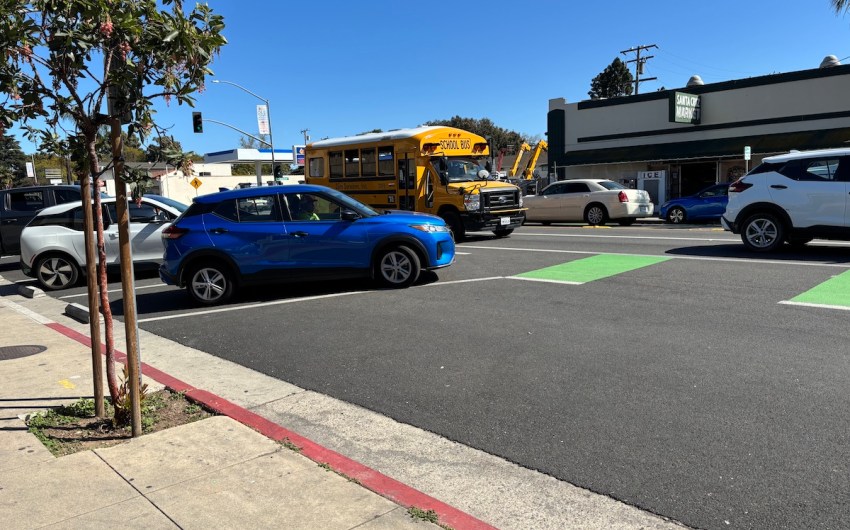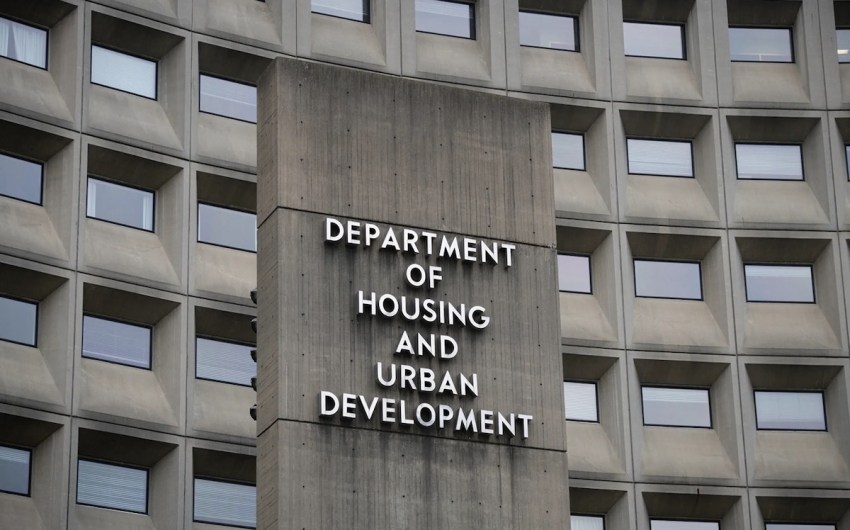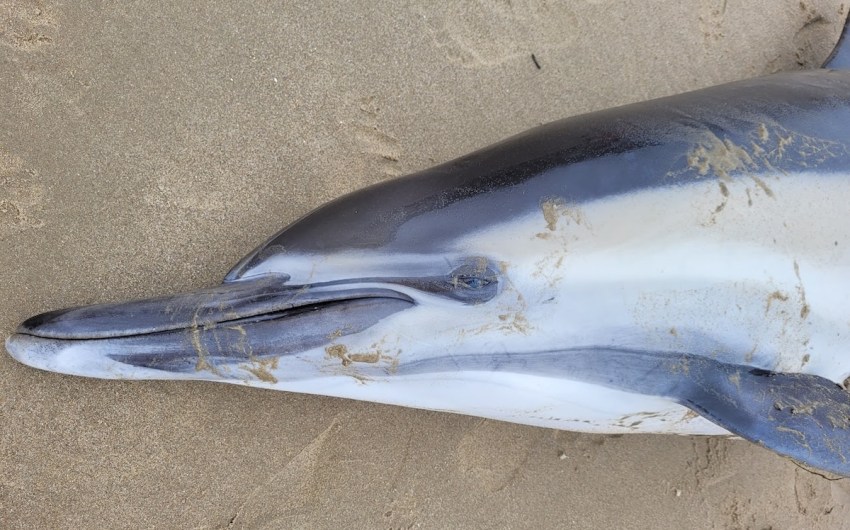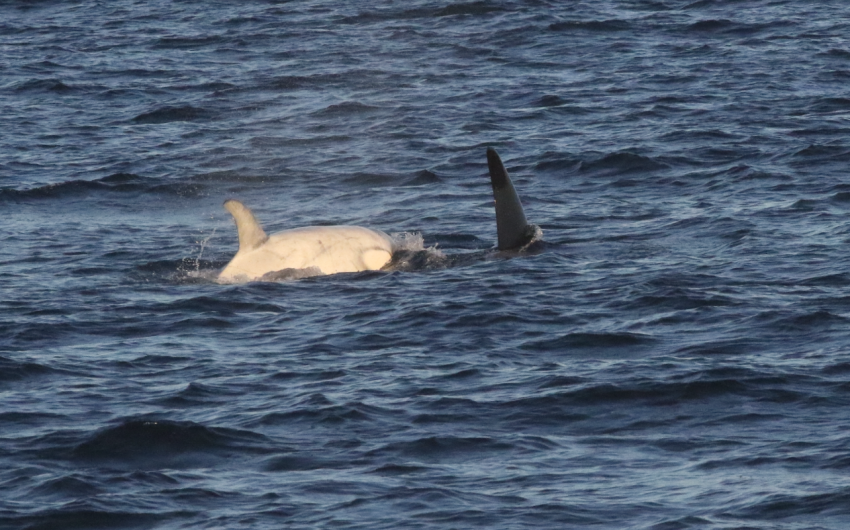This article was underwritten in part by the Mickey Flacks Journalism Fund for Social Justice, a proud, innovative supporter of local news. To make a contribution go to sbcan.org/journalism_fund.
Sable Offshore — the Exxon child tasked with getting the pipelines that ruptured in the 2015 Refugio Oil Spill back up and running — was denied a temporary injunction by Judge Stephen P. Acquisto on August 20, which would’ve kept Sable’s oil-spill contingency plans for the pipelines hidden from the public.
The oil company sued both the California Department of Fish and Wildlife and the Santa Barbara–based Environmental Defense Center (EDC) after Fish and Wildlife threatened to hand over an unredacted version of the “integrated contingency plan” (ICP) to the EDC, which submitted a public records request for the document. Sable had redacted portions of the document, citing concerns over revealing “trade secrets” and specific locations and vulnerabilities of the pipelines, which could pose a “threat to national security” if the pipelines were targeted in a terrorist attack.
In a declaration submitted to the court by Steven Rusch, a Sable employee, Rusch stated that he met with Chief Jim Hosler from the Office of the State Fire Marshal — the presiding body over Sable’s restart plans — after the suit was filed. “During this meeting, Mr. Chief Hosler instructed me two times that Sable should not publicly disclose any pipeline specification data,” he wrote.
“We are serving the public interest in protecting this information,” said Sable attorney Brian Hamilton during the proceedings, pointing to concerns over public pipeline specifications welcoming attacks from mal-intended parties. Hamilton called the unredacted ICP “information [Fish and Wildlife] has no business releasing.”
Of the 126 facility oil spill contingency plans Fish and Wildlife has reviewed, they stated that only three, Sable included, have requested any redactions. None of the more than 1,100 vessel oil spill contingency plans have been submitted with redactions.
Sable was tasked with proving that state or federal law prohibits Fish and Wildlife from releasing the unredacted version under the Public Records Act (PRA) — a “reverse-PRA action.” After hearing arguments from all parties, Judge Acquisto made a ruling from the bench that denied Sable’s request to keep the documents private.
“There is a profound public interest in viewing these documents,” said Jeremy Frankel, an attorney with the EDC. “Time is of the essence.”
Sable had a temporary restraining order on the document’s release that expired August 20, the day of the hearing. Starting on August 21, the EDC can re-request the unredacted ICP, and Fish and Wildlife must release it to them within 10 days — the standard processing time for a PRA request.
There remains a possibility that Sable’s counsel will file for a stay pending appeal. While unlikely, this would pause any further actions, including the release of the unredacted ICP, while the appeal is in process. This could take somewhere around one year, at which point the redacted information may not matter anymore as Sable is still advertising an October restart date amid pending litigation with Santa Barbara County over automatic shut-off valve permits. Hamilton declined the Independent’s request for comment.



